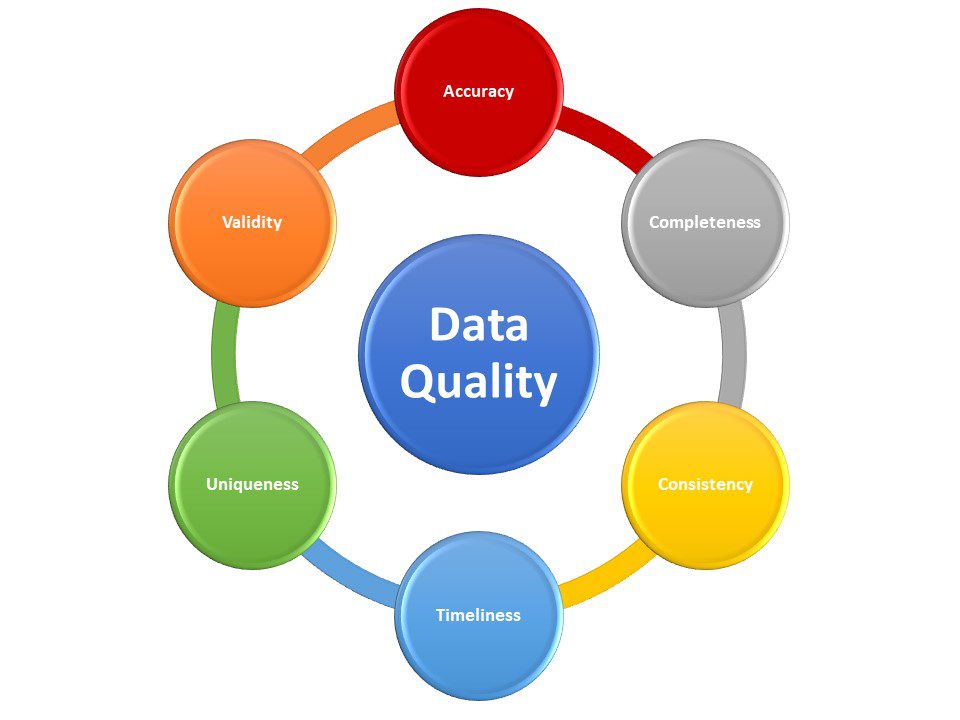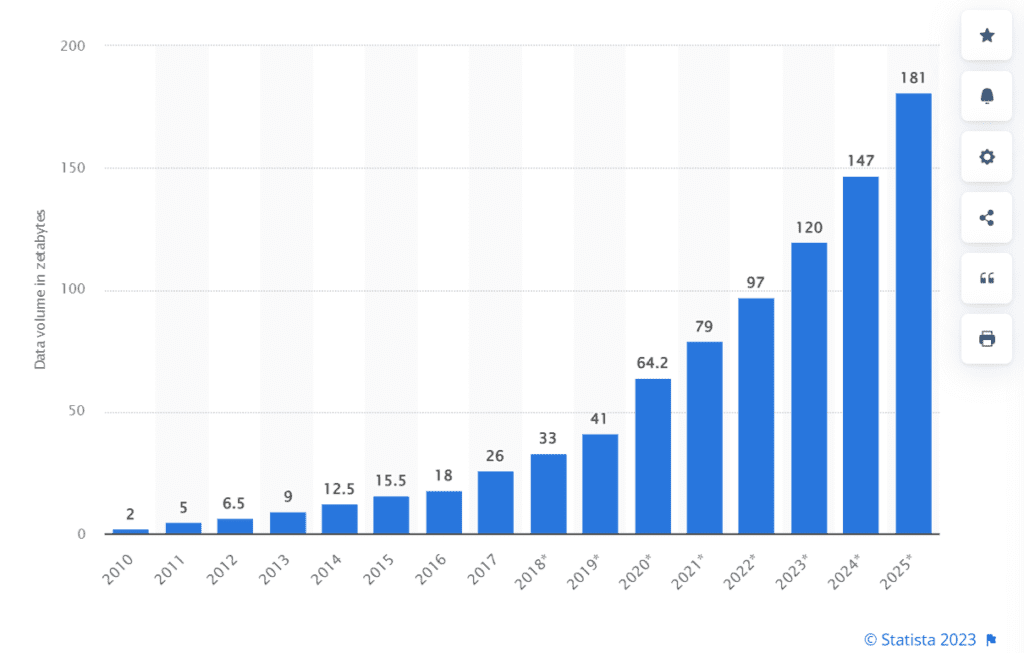
Seth Rao
CEO at FirstEigen
10 Things a Data Quality Tool Can Do for You
Every company relies on data to make key business decisions. If that data is bad, it could lead to bad decisions—and lower profits.
Do you know how to ensure high-quality data in your organization? The best way is to employ a data quality tool to identify bad data and either clean or delete it. Using a data quality tool offers numerous benefits to your company, from improving the quality of your decisions to increasing your bottom line. Read on to find out more.
Quick Takeaways
- Data quality tools identify and deal with poor-quality data.
- A data quality tool can increase data confidence, improve decision-making, and facilitate internal consistency.
- Other benefits of a data quality tool include boosting agility, enabling growth, saving time, and increasing productivity.
- Data quality tools can also improve regulatory compliance, reduce costs, and positively impact your bottom line.
What is a Data Quality Tool—and Why Do You Need One?
A data quality tool is a technology solution that identifies poor-quality data and attempts to correct obvious flaws in that data. Data quality tools can work throughout a data pipeline, on both ingested data and data flowing through the pipeline.
Businesses require reliable, high-quality data to make informed operational and strategic decisions. Without adequate data, businesses are flying blind, resorting to guesswork instead of fact-driven decision-making. Low-quality data is almost worse than no data at all, as relying on bad data points can lead to misinformed decisions—and worse.
According to Greenbook’s 2022 Business & Innovation GRIT Report, 48% of executives polled said that bad data caused them to make at least one bad business decision in the past six months. The key to avoiding bad business decisions is to work with higher-quality data.

To obtain high-quality data, you must employ a data quality tool that evaluates a company’s data, isolates bad or questionable data, and then either cleans or deletes unusable data. To do this, data quality tools look at six key factors:
- How accurate is the data—are there obvious errors?
- How complete is the data—are the records missing key fields?
- How consistent is the data with other sources?
- How timely is the data?
- How unique is the data—are there any duplicates?
- How valid is the data—does it conform to standard formats?
Data that falls short on any of these six metrics needs to be isolated and dealt with—which is what a data quality tool does.
10 Ways a Data Quality Tool Can Benefit Your Business
The amount of data created and consumed is enormous and getting larger every year. Experts estimate that 120 zettabytes of data will be created and consumed this year, with that number increasing by 50% by 2025. (A zettabyte is 1 billion terabytes.)

Employing data quality tools can help you better manage and get the best use out of all this data. Here are 10 important ways data quality tools can benefit your business.
1. Increases Confidence in Your Data
Using a data quality tool gives you more confidence in the data you use. You know that the data quality tool has weeded out low-quality data, leaving only high-quality information. You no longer have to question your data’s accuracy.
2. Improves Decision Making
Incomplete or inaccurate data can lead you to make misinformed decisions that could have catastrophic effects on your operations and profitability. To make better decisions, you need better data—a data quality tool can provide this. The higher the quality of your data, the better decisions you’ll make.
3. Facilitates Internal Consistency
Poor-quality data can result in inconsistent operations within your organization. Different individuals and departments can look at different data sets and come to different conclusions. When everyone in your company works with the same high-quality data, you achieve more consistent operations and decision-making across departments and locations.
4. Boosts Agility
Agility is key to competing in a fast-paced environment. If your data is inaccurate or unreliable, you won’t be able to act quickly. Access to more and better data allows you to make faster decisions and be more agile.
5. Enables Growth
High-quality data is essential for growing your business. If you don’t have adequate data, you won’t be able to make the decisions necessary to take advantage of emerging opportunities. You need to be able to scale your business quickly and efficiently, which the right data helps you to do.
6. Saves Time
Data managers spend up to 80% of their time cleaning bad data. Employing a data quality tool eliminates manual work and saves an incredible amount of valuable employee time, freeing up highly paid employees to do more productive tasks.
7. Enhances Productivity
Working with bad data can decrease the productivity of your employees. For example, consider the time wasted trying to contact old leads who’ve moved or changed email addresses. Working with high-quality, up-to-date data can significantly increase productivity—and result in more sales, faster.
8. Improves Regulatory Compliance
Your business must comply with all government and industry regulations, especially those regarding customer privacy. If your data is suspect, you could put customer privacy at risk. Working with higher-quality data makes it easier to ensure compliance and avoid stiff financial penalties.
9. Reduces Costs
Using a data quality tool is less expensive than trying to clean data manually. Even more important, working with clean data from the start is much cheaper than cleaning it after the fact—or dealing with the ramifications caused by bad data. Remember the old axiom: it costs $1 to verify data, $10 to clean it after the fact, and $100 to do nothing and suffer the consequences of bad data.
10. Improves the Bottom Line
When you improve productivity, reduce costs, and make better decisions, your bottom line benefits. This is the ultimate benefit of using a data quality tool in your business—you generate higher profits.
First Eigen’s DataBuck: The Data Quality Tool Your Business Needs
When you want to realize all the benefits of higher-quality data, turn to the experts at First Eigen. Our DataBuck is a data quality tool that works with your internal and ingested data to ensure the highest possible quality. DataBuck uses artificial intelligence and machine learning technologies to quickly and accurately validate your data quality and help you improve productivity and decision-making.
Contact FirstEigen today to learn more about how data quality tools can benefit your business.
Check out these articles on Data Trustability, Observability & Data Quality Management-
Discover How Fortune 500 Companies Use DataBuck to Cut Data Validation Costs by 50%
Recent Posts
Get Started!



